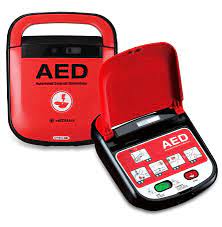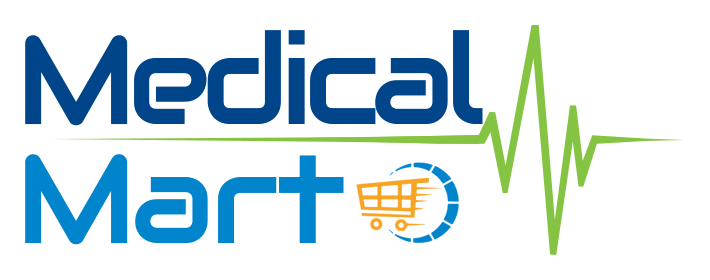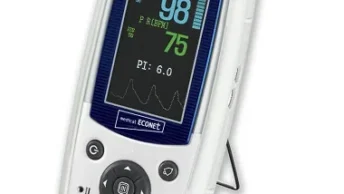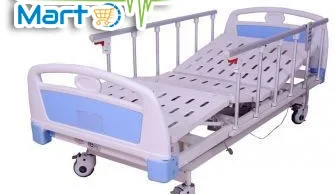Using a defibrillator at home requires training and certification in basic life support (BLS) and automated external defibrillator (AED) use. While AEDs are designed to be user-friendly and provide voice prompts to guide individuals through the process, it’s crucial to have a basic understanding of the steps involved. Additionally, always follow local regulations regarding AED use.

Here’s a general guide on how to use a defibrillator at home for patient care:
Call for Emergency Help:Dial the emergency services number (e.g., 911 in the United States) to summon professional medical assistance.
Retrieve the AED:
If you have an AED at home, retrieve it immediately.
Power On the AED:
Turn on the AED. Most AEDs have a power button that needs to be activated.
Follow Voice Prompts:
Listen carefully to the voice prompts provided by the AED. It will guide you through the necessary steps.
Place Electrode Pads on the Chest:
Remove the patient’s clothing from the chest, if possible.
Attach the electrode pads to the patient’s bare chest as per the AED’s instructions. Usually, one pad is placed on the upper right chest and the other on the lower left side.
Stand Clear:
Ensure that no one is touching the patient and that everyone is clear of the area. The AED will analyze the heart rhythm.
Deliver a Shock if Advised:
If the AED detects a shockable rhythm, it will instruct you to press the shock button. Make sure nobody is touching the patient during the shock.
Perform CPR:
If the AED advises “no shock” or after delivering a shock, follow the voice prompts for CPR. This usually involves chest compressions at a specific rate and depth.
Continue Until Professional Help Arrives:
Continue to follow the AED prompts for CPR until emergency medical services (EMS) personnel arrive and take over the care of the patient.
It’s important to note that early defibrillation combined with CPR can greatly increase the chances of survival for someone experiencing sudden cardiac arrest. However, proper training is crucial, so consider taking a CPR and AED certification course to ensure you are prepared to respond effectively in an emergency situation.






